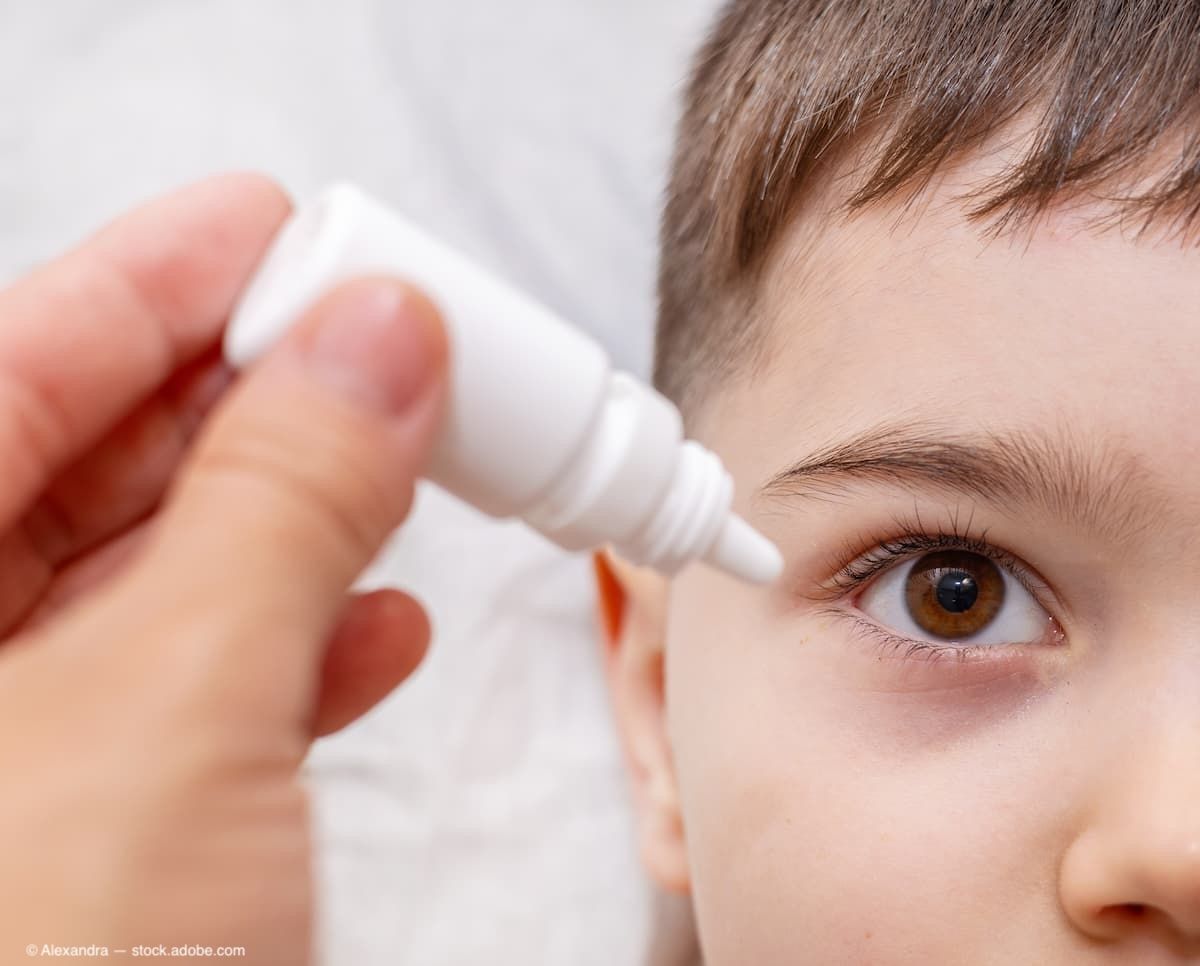Article
Initial experience encouraging for simultaneous topo-guided PRK and corneal collagen crosslinking
San Francisco-Simultaneous topography-guided PRK with riboflavin/ultraviolet A (UVA) corneal collagen crosslinking is showing promise as a safe and effective approach for treating eyes with progressive keratoconus, said Ronald R. Krueger, MD, medical director, Department of Refractive Surgery, Cole Eye Institute, Cleveland Clinic, Cleveland, OH.
San Francisco-Simultaneous topography-guided PRK with riboflavin/ultraviolet A (UVA) corneal collagen crosslinking is showing promise as a safe and effective approach for treating eyes with progressive keratoconus, said Ronald R. Krueger, MD, medical director, Department of Refractive Surgery, Cole Eye Institute, Cleveland Clinic, Cleveland, OH.
Dr. Krueger described outcomes from two eyes that were treated in Athens, Greece, in collaboration with John Kanellopoulos, MD. The ablation was performed using the T-CAT module of an excimer laser platform (Allegretto Wave, Alcon Laboratories) and was followed immediately by riboflavin/UVA crosslinking using standard parameters for that procedure. The PRK is done as a partial treatment and aims to flatten the apex of the cone and steepen the diametric opposite area paracentrally by flattening the far superior periphery, he said.
One eye had advanced keratoconus, and follow-up was available in the two eyes to about 20 months. Rapid healing of the epithelial surface was achieved in both eyes and data from serial refraction, pachymetry maps, topography, and visual acuity testing indicated the treatment was effective for halting the progression of the keratoectasia and reducing the spherocylinder refraction and aberrations to improve visual function.
“Once the correction is performed, the crosslinking helps to maintain or actually improve the refractive outcomes over time,” Dr. Krueger said. “However, considering the changes achieved in the eye with advanced keratoconus, our initial experience suggests there may be limitations for eyes with thinner and steeper cones. Clearly, further analysis is needed.”
Newsletter
Don’t miss out—get Ophthalmology Times updates on the latest clinical advancements and expert interviews, straight to your inbox.




